The best way to add more tension to a storyRegardless of the length or genre of a story, creating tension is essential to holding readers' attention. But what is the best way to add more tension to a story? Often I see aspiring authors withholding information in an effort to be vague and cryptic, which only serves to frustrate readers instead of engage them. Perhaps surprisingly, it is the act of proving information to the reader — be it in the right place and quantity — that makes them curious enough to continue reading. The whole point of storytelling is to share tales and you need people to read the whole thing in order to get your point and fully enjoy what you’ve created, but not even having a best-selling book provides this guarantee. Data collected by Kobo from more than 21m users, showed that readers were keener to finish Casey Kelleher’s self-published thriller Rotten to the Core than many award-winning and best-selling novels. What does this show us? Creating and sustaining tension is the most effective way of keeping readers engaged and making sure they will read all the way to “the end” of your novel, and we want them to do that so they can fully experience and enjoy the wonderful plot and characters we’ve invested our time and souls to develop. So, if withholding information isn’t the best approach to hook and keep readers, let’s explore how the delivery of information increases story tension by:
Why withholding all of the information doesn't workCreating story tension is about making promises to your reader regarding potential disaster, tragedy, misfortune or complications, making the outcome of the situation uncertain, and then drawing that uncertainty out for as long as possible. When you don’t give readers a clear sense of what might happen if everything doesn’t go the character’s way, what they have to lose and why, they can’t possibly be invested in how the character struggles to prevent it. Trying to be cryptic by withholding too much information only results in a vague future the reader can’t picture and therefore doesn’t care about, for example:
Creating reader curiosityCuriosity is at the heart of building tension because humans are innately inquisitive. Once a mystery has intrigued us, we will persist to find the solution. For authors, this means raising questions in the readers mind, to pique their desire to know more, and then revealing the answers/solution gradually over time. For example, if you show your character boarding a plane but give no reason for the trip or hint that it doesn’t go to plan, readers will lose interest. But if you provide just enough information to give context to the characters actions and hint that there is more at play than what we can see, then you immediately have an enigma to be solved.
See how I’ve provided the reader with concrete information in this example, but only enough to make them curious, so they want the next piece of information? How to sustain uncertaintyMaintaining a level of uncertainty throughout the story, makes readers worry about what is going to happen to the characters.
For example, a woman who is riding in remote countryside alone. If her horse bucks her off, it would be unpleasant, but you could increase the tension by providing uncertainty. What if her leg was broken or her horse ran away? Suddenly this goes from a bad experience to a potential disaster because the woman can’t walk to safety. The reader doesn’t know how this situation is going to turn out and that uncertainty creates the desire to continue reading to find out more. Voila! Tension. Other examples:
In this way you can really eek out the drama and create repeated doubts in the reader’s mind. By revealing just enough information to make readers curious and create uncertainty about the outcome of situations, you can lead them along a trail of breadcrumbs through the story, all the way to the end.
So, rather than withholding all the information from your reader, to successfully building tension you need to set reader expectations and then controlling the release of information, i.e. what you reveal and when, in a way that raises questions and creates uncertainty. This article was originally published on 24/08/21 on Margie Lawson's blog.
0 Comments
Your comment will be posted after it is approved.
Leave a Reply. |
Fearless ProseEmpowering aspiring authors to confidently write novels they're proud to publish Categories
All
Archives
May 2024
|
© Sandy Vaile 2012-2024 |
Contact and Privacy Policy - About Sandy |
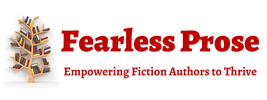
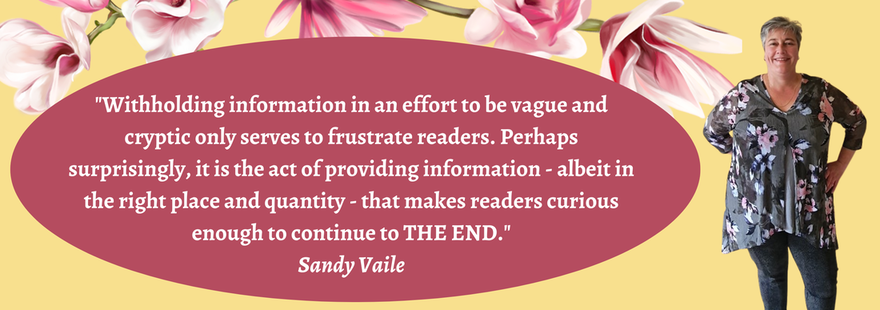
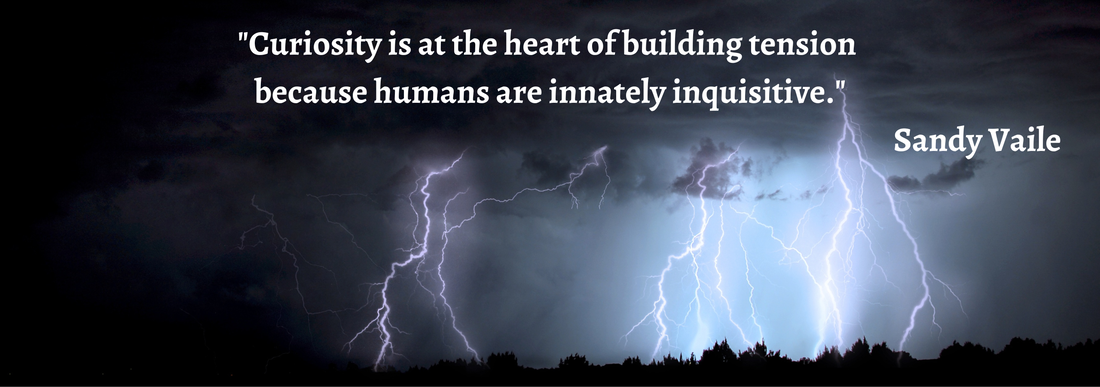
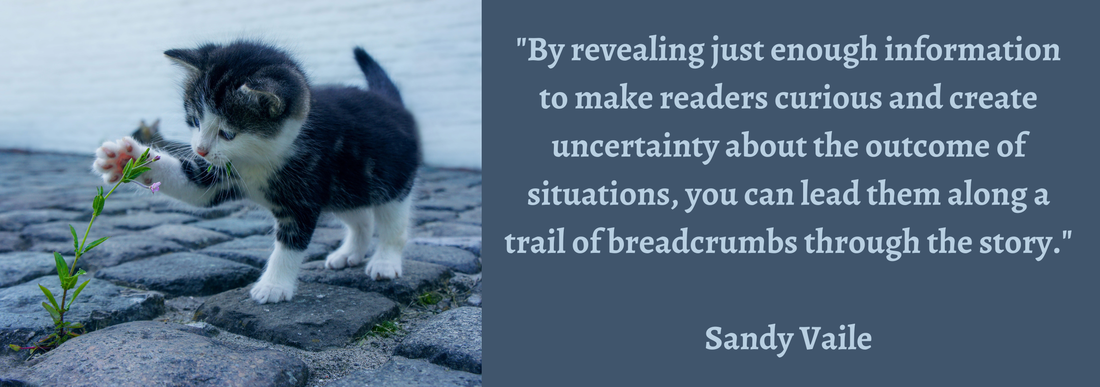
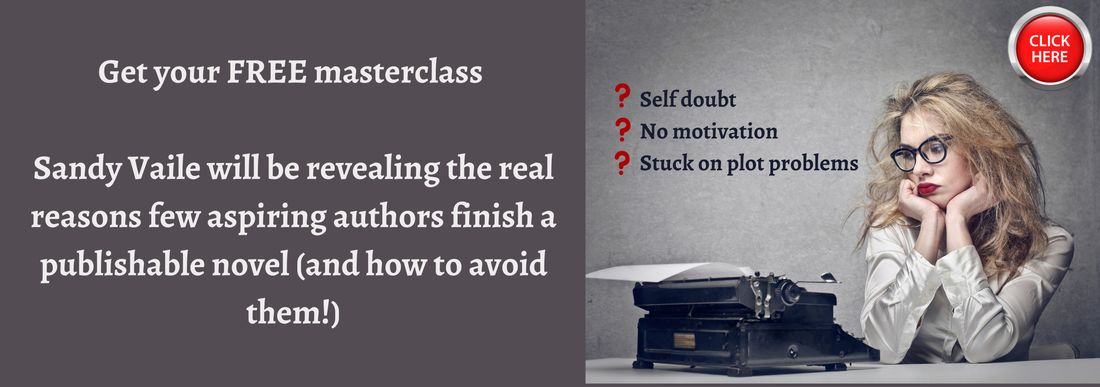
 RSS Feed
RSS Feed